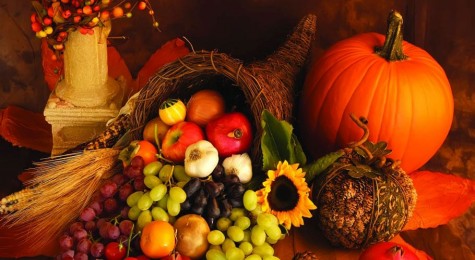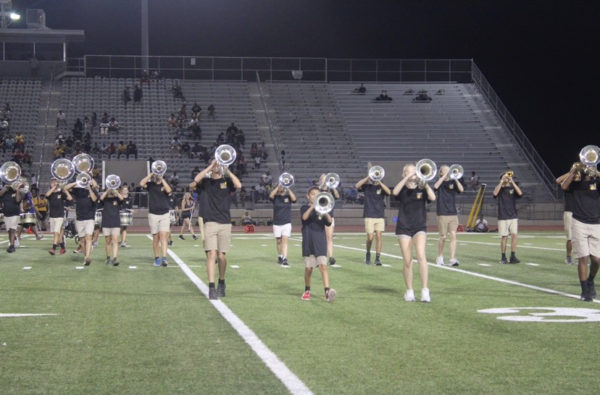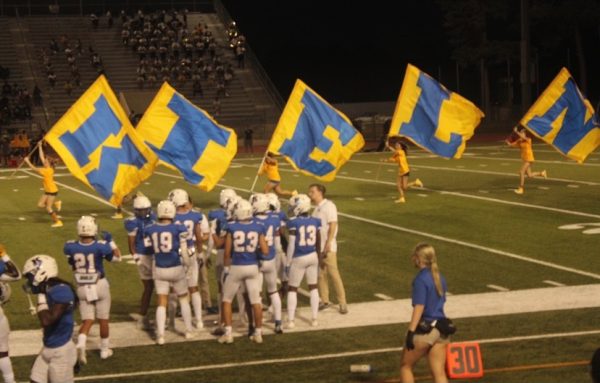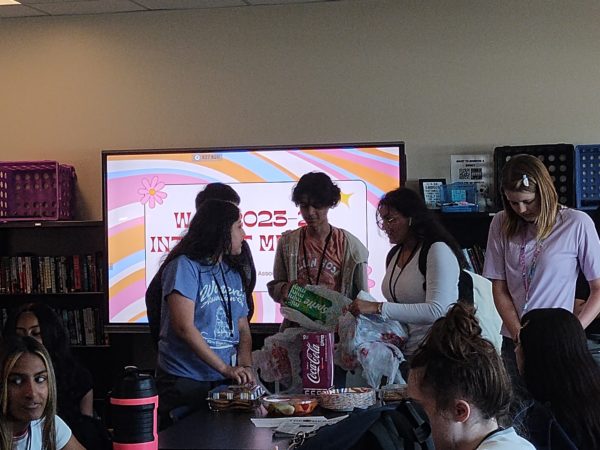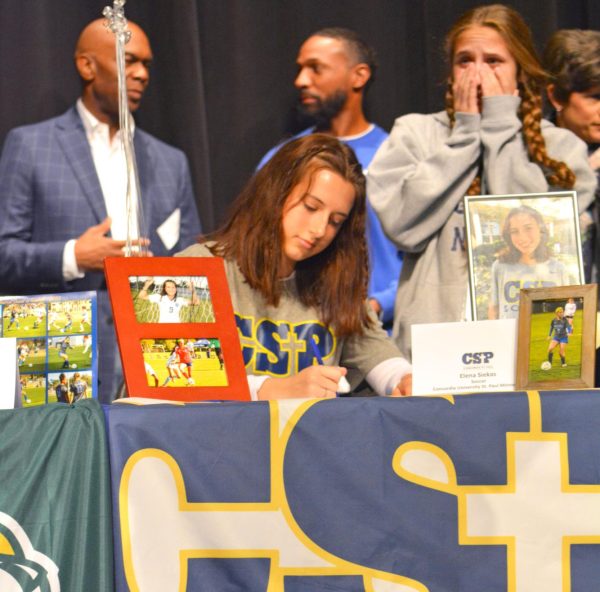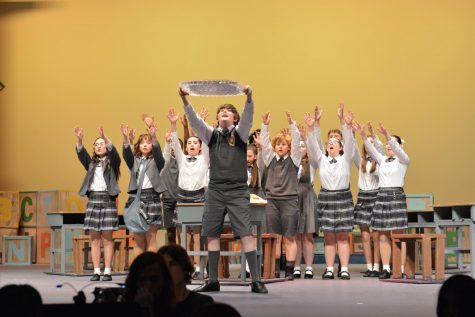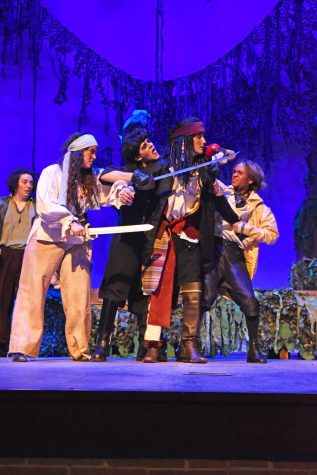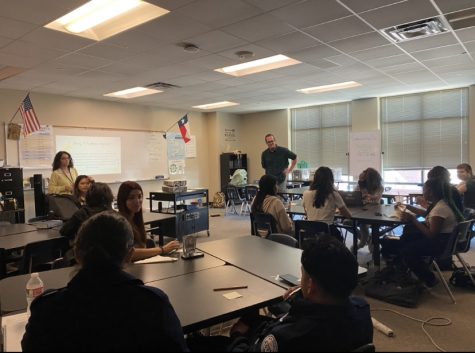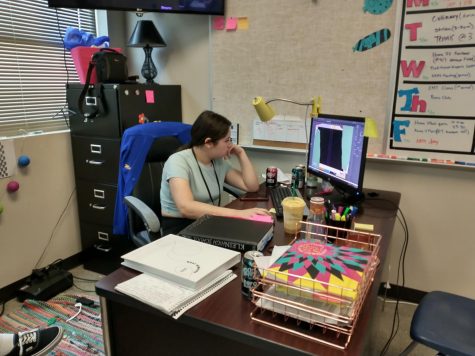Thanksgiving Break for Klein High
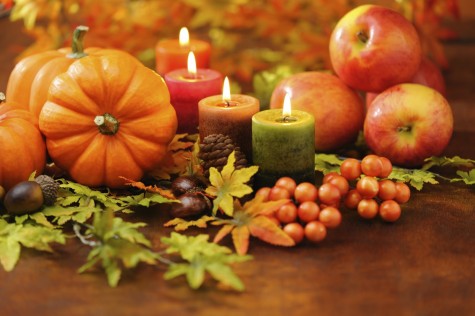
Many students seem thrilled about getting a huge break from school starting at the end of December and lasting until the second week of January. However, Thanksgiving break can be just as thrilling in the sense that they’ll get to spend time with friends and family as autumn progresses and the holidays come around.
“I’m going to Arkansas to see my aunt and uncle this year, so I’m pretty excited about that,” said sophomore Jenna Handall. “Having time to just be with family and not worry about school for a few extra days is a relieving thought.”
A lot of people have started preparing their “Thanksgiving list”, the list of dishes they will make on November 27th such as turkey, pumpkin pie, and rolls to name a few traditional ones.
“This year I volunteered to take on the desserts, so I’m going to try and be as creative as I can with the dishes,” said junior Alaysha Gomez.
Some students have also stated that they will be getting creative with their recipes this year by using ingredients such as pumpkin, fruits, and spices.
“My mom is especially good when it comes to making dinner each year,” said Handall. “My sisters and I help her out a lot and I think we’re good at making a difficult task seem fun.”
Thanksgiving isn’t celebrated the same way in every culture though. The Chinese Mid-Autumn Moon Festival’s traditional food is mooncake, a pastry stuffed with sweet filling. South Korea celebrates Chuseok earlier in the year (usually in late September or early October), their main dish being Songpyeon, a traditional Korean food made of glutinous rice.
“A lot of my friends actually celebrate Thanksgiving in their family’s culture,” said Gomez. “Festivals like Cerelia and the Autumn Moon are always so lively when celebrated in their countries of origin.” Cerelia is a Roman harvest festival dedicated to Ceres, the goddess of corn.
Other celebrations include the Jewish Feast of the Tabernacles, which includes three separate festivals marking different stages of the harvest. The first festival is Passover, in which the Jewish celebrate the Exodus, the freedom of the Children of Israel from slavery. This is followed by Shavuot, the celebration of the revelation of the Five Books of the Torah. Sukkot is the third and final festival and is traditionally celebrated in makeshift huts outside of the home.
“Even though I’m not a part of these cultures, it’s still a little exciting to get to learn about them,” said Handall.


